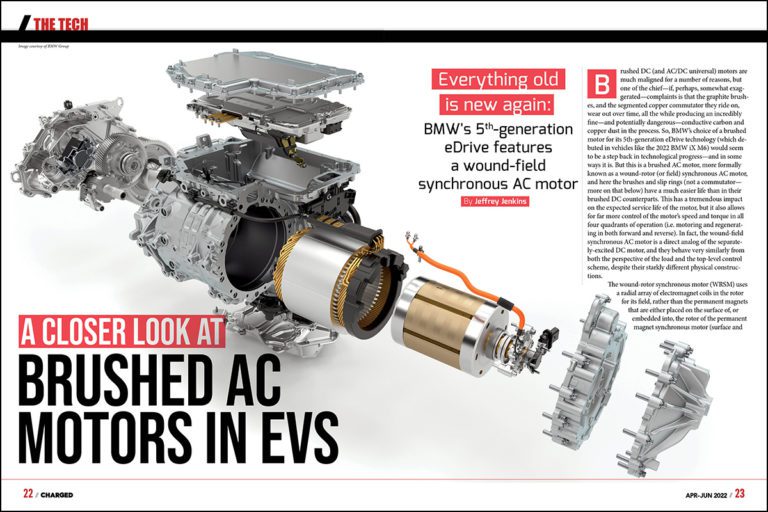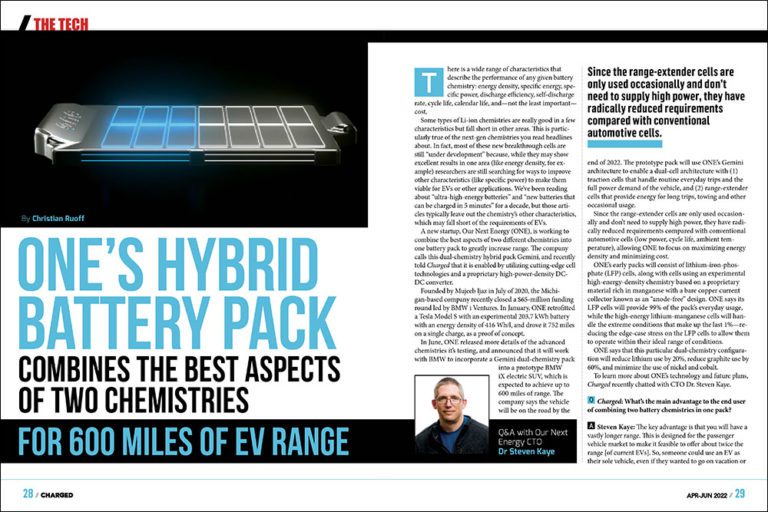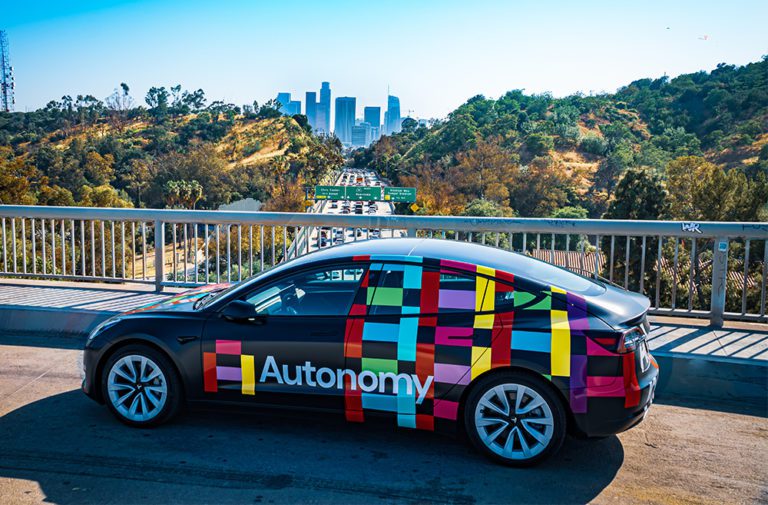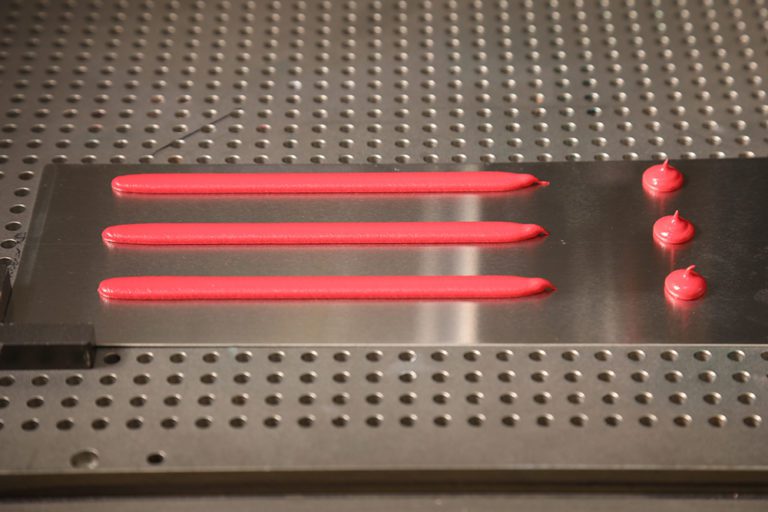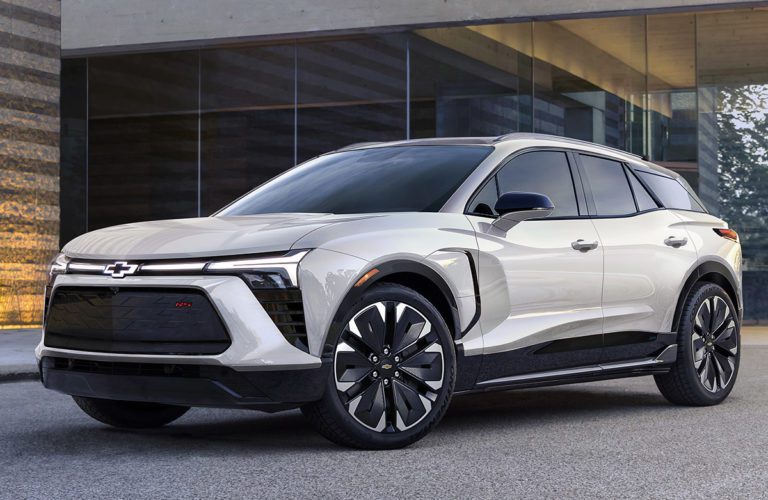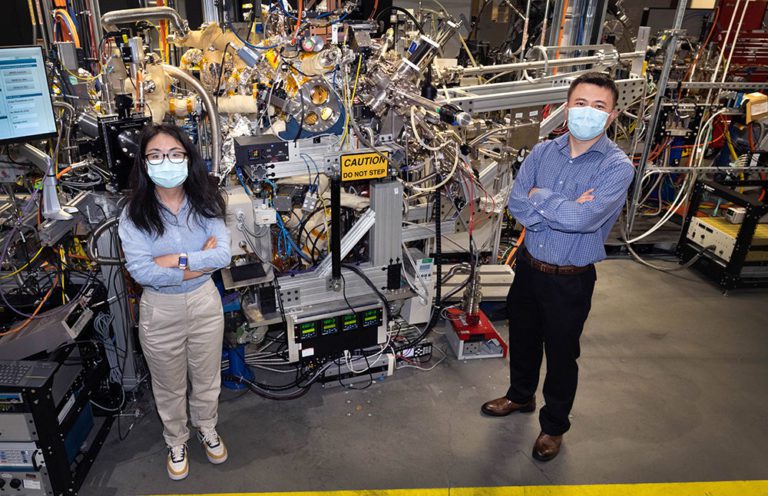Ascend Elements , a vertically integrated battery recycling and engineered materials company, has announced plans to invest $310 million in the first phase, and up to $1 billion total, to build a battery materials facility at the Commerce Industrial Park II in Hopkinsville, Kentucky. The new manufacturing facility, Apex 1, will be home to the… Read more »
Search Results Found For: "DOE "
A closer look at brushed AC motors in EVs
Everything old is new again: BMW’s fifth-generation eDrive features a wound-field synchronous AC motor Brushed DC (and AC/DC universal) motors are much maligned for a number of reasons, but one of the chief—if, perhaps, somewhat exaggerated—complaints is that the graphite brushes, and the segmented copper commutator they ride on, wear out over time, all the while producing… Read more »
ONE’s hybrid battery pack combines the best aspects of two chemistries to deliver 600 miles of EV range
Q&A with ONE CTO Dr. Steven Kaye. There is a wide range of characteristics that describe the performance of any given battery chemistry: energy density, specific energy, specific power, discharge efficiency, self-discharge rate, cycle life, calendar life, and—not the least important—cost. Some types of Li-ion chemistries are really good in a few characteristics but fall… Read more »
Autonomy to offer up to 20,000 EVs through its subscription service
Autonomy, which offers electric vehicles to customers through a subscription model, has partnered with automotive retailer AutoNation in order to expand its vehicle offerings beyond the Tesla Model 3, and to expand its operations across the US. Over the next 12-18 months, AutoNation will supply Autonomy with up to 20,000 EVs from several automakers. AutoNation… Read more »
Gap fillers for thermal management in electric vehicles
Sponsored by Parker Lord The article will be valuable for Electric Vehicle (EV) battery manufacturers as well as battery module and pack designers to help choose the right thermal interface material for battery pack needs. Two-component (2K) gap fillers provide customers with a variety of thermal conductivities and chemistries to choose from, which provide high… Read more »
St Petersburg, Florida could host Formula E in 2023
St Petersburg, Florida could be the site of a Formula E race in 2023. According to The Race, Formula E has had discussions with the organizers of the St Pete Grand Prix, an IndyCar race that takes place each year on the downtown waterfront, about bringing Formula E racing to the city. It appears that… Read more »
2024 Chevrolet Blazer EV: Chevy previews a mass-market electric SUV
Mid-size five-seat crossovers are a huge segment, and Chevy wants yours to plug in—next year. Chevrolet, it seems, doesn’t want to scare potential shoppers by offering up electric vehicles that stress too heavily the fact they’re … well, different. An advance preview of the upcoming 2024 Chevrolet Blazer EV suggested it’s very much a Chevy… Read more »
Researchers develop new method for making thin and oxide-based solid-state electrolytes
A team of researchers from MIT and Samsung have invented a new approach for manufacturing oxide-based and thin solid-state electrolytes that doesn’t require sintering. In an article published in Energy & Environmental Science, the researchers write: “We report a ceramic manufacturing method termed sequential decomposition synthesis (SDS), which results in ceramic films with thicknesses between… Read more »
Brookhaven researchers describe benefits of electrolyte additive
A team led by researchers at DOE’s Brookhaven National Laboratory has investigated the benefits of a lithium difluorophosphate additive for electrolytes in lithium batteries with nickel-rich layered cathodes. According to Brookhaven, the possibility of high-energy-density cells composed of nickel-rich layered cathodes and lithium metal anodes is limited by processes that reduce their capacity. In an… Read more »
CATL subsidiary launches modular battery swapping system
Does battery swapping have a future? One of China’s largest battery suppliers thinks so. Contemporary Amperex Energy Service (CAES), a subsidiary of Contemporary Amperex Technology (CATL), has rolled out a modular battery swap solution called EVOGO, which is comprised of battery blocks, fast battery swap stations and an app. Designed to look like a bar… Read more »








